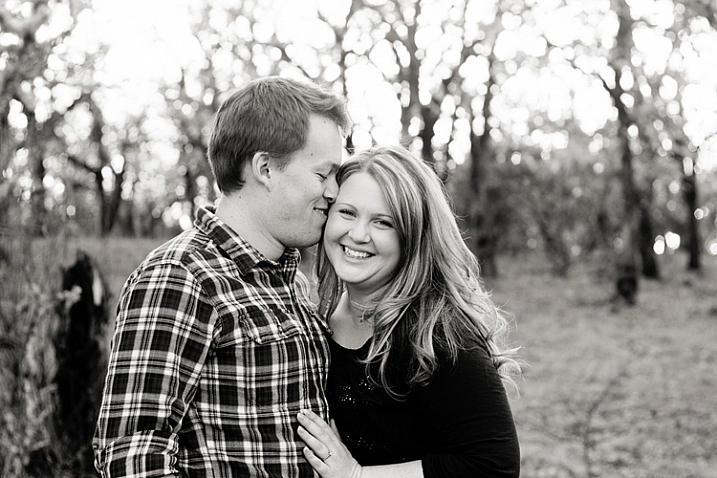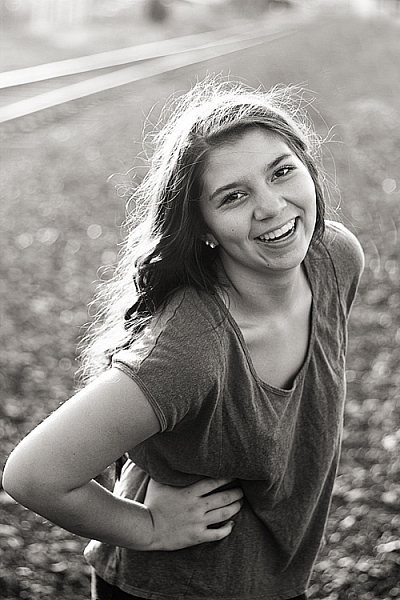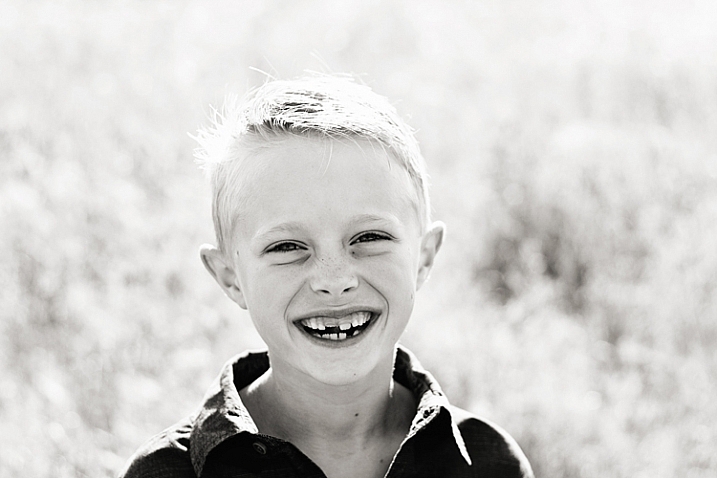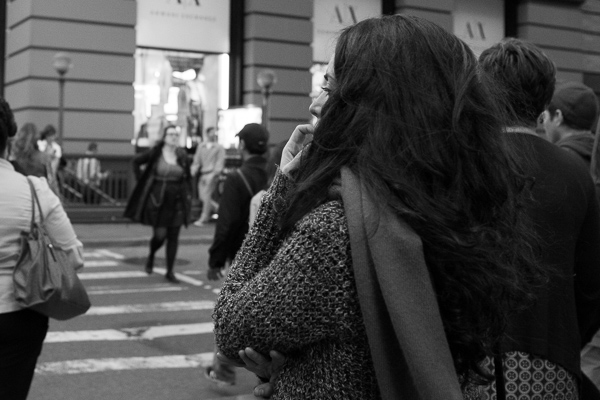 |
| A land that time forgot: Iceland. |
When you think about landscape photography you may not immediately connect it with emotion in the same way as if you see a portrait, documentary photo, wildlife photo or indeed pet photo (that emotion is why my dog, Pebbles, gets more love than me on YouTube!). But as with all art forms, landscape photography should connect with the viewer in a way that means something, and it has the potential to be more than just a gorgeous scene.
I remember when I started photography 35 years ago, a mentor at that time, when I was definitely the youngest in the camera club, 13 years old, said to me, “You photograph how you see and not what you see.” At that point I didn’t really get it but I never forgot it.
It’s interesting as there are thousands of videos and articles on technique, cameras and settings, but the photos that stick in your mind don’t get there because they were really sharp, had good bokeh or were shot on a certain camera. Have you ever looked at Van Gogh and said, “He must have had a good paint brush?” However, there aren’t as many on emotion and feelings in photography.
“A great photograph is one that fully expresses what one feels, in the deepest sense, about what is being photographed.” –Ansel Adams
I think there are two forms of emotion in a photo: the one that the photographer has when they captured the image and the one the viewer has when they look at it.
They don’t have to be the same, but I believe that when you have an emotional response to the landscape that translates into a photo, it’s more likely to create an emotional response in the viewer. It’s why I don’t believe you can create a photo out of nothing. Too often, people say that you can add light and create dramatic impact with Lightroom and Photoshop. But they should be there to enhance what you saw and not create something that didn’t exist. After all how can you ask a viewer to connect with something you didn’t first observe?
What emotions do you feel with landscape photography though?
Sometimes a photo makes you stop in your tracks and look deep into it. It isn’t just perfect exposure or a beautiful scene. It has instant impact and creates a quick emotional response. Take the next image for example:
 |
| Kalsoy Lighthouse, Faroe Islands |
Other times, you can pass by an image many times and eventually grow to love it and have an increased emotional attachment to it as you see new things and explore the intricacies of the scene.
 |
| Winter Colour, Lake District |
Unfortunately modern social media favors the first of these two emotional responses. Instagram is all about that five second impact. Take the following photo from my Instagram feed. It got 50% more views than my average photo but it doesn’t really have any long lasting emotional response.
|
|
It’s why I love printed media so much and feel that having an image printed out and on a wall offers so much more value to the photographer and viewer alike. If I show my prints on a workshop or to other photographers then they spend a lot longer looking at each image than they would if I gave them an iPad to view the same shots.
 |
Let’s look at the photographer’s and viewer’s emotion in more detail.
The photographer’s emotion
For me, getting out in the landscape is one of the most relaxing and fulfilling things to do. I love observing the scenes around me and just staying in the moment. Nothing is better than arriving at a location, finding a rock, pouring a coffee and taking in the surroundings.
Taking photographs is part of what I find relaxing. This process of taking in the scene around me, then taking out my camera, setting it up, visualizing the scene and capturing that emotion I have at that time.
“I think that emotional content is an image’s most important element, regardless of the photographic technique. Much of the work I see these days lacks the emotional impact to draw a reaction from viewers, or remain in their hearts.” –Anne Geddes
But emotion in photographs is a personal thing and if I look back at my photos a lot have stories associated with them that others wouldn’t know. I believe this helps to create a better and more emotional response. It is very interesting for me as when I spend longer in a location I find I almost always produce a more interesting photograph.
The viewer’s emotion
Emotional response is regarded as a critical element to experiencing all forms of art. Various research such as this by Cupchik et al , ‘Viewing artworks: Contributions of cognitive control and perceptual facilitation to aesthetic experience’, show that the brain regions involved in emotion experience activation when seeing art compared to objects.
But, how do you go about creating something that invokes strong emotion in the landscape? It’s all about connecting with the viewer. Maybe it is through the changing weather or the patterns in the scene. Or maybe a photo leaves something out and the viewer has to get more involved in the image to understand it.
“I like photographs that leave something to the imagination.” –Fay Goodwin
This quote holds a really important element of landscape photography that people often miss out, and that is imagination. We all have amazing imagination, and a landscape photograph that shows less is often more powerful than one that shows the whole scene. It is something that I often say in workshops, leave more out than you put in.
 |
| The Power of Imagination |
I am dyslexic and reading is difficult, so words have never meant a lot to me and photos have said so much.
“A true photograph need not be explained, nor can it be contained in words.” –Ansel Adams
So I thought it would be interesting to see if people would think differently when they looked at an image with a title compared to without.
The results were really interesting. Here they are for Passing Storm (below) when the title was shown. This was based on 1000 responses (500 had each image / title / no title)
 |
|
Passing Storm |
Response with title shown:
 |
And response when no title was shown:
 |
First of all, people are different and think differently about a scene. In fact it probably isn’t just about a person but the current circumstances that person is going through. A powerful photo is like a conduit to tapping into that emotion. You can see from above that the title has little impact on the emotion felt by the image.
Watch my video on emotion in landscape photography to see more survey results and detail how to provoke emotion in your art.
How do you react to a image? Do you feel an emotion when you see certain images? Let me know in the comments below.
Articles: Digital Photography Review (dpreview.com)

























 Some of us come to photography because we want to learn how to take better pictures of our children. Some of us come to photography because we want to take better pictures for our business or blog. Many of us come to photography because we love art. For you artists, emotion is an integral part of your photography.
Some of us come to photography because we want to learn how to take better pictures of our children. Some of us come to photography because we want to take better pictures for our business or blog. Many of us come to photography because we love art. For you artists, emotion is an integral part of your photography.








You must be logged in to post a comment.